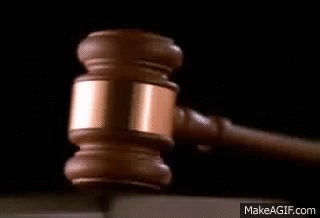It’s almost always news when a public official testifies before a congressional committee. Such was the case when Attorney General Merrick Garland faced the Senate Judiciary Committee.
As expected, it was an important, and often heated, four hours of testimony that was highlighted by the back-and-forth exchanges between Garland and Republican senators on the panel. You can read Garland’s opening remarks on the DOJ website.
Beyond his prepared remarks, there were plenty of potential storylines tied to religion that surfaced in the hearing. However, depending on which news organizations one follows, these storylines either made it into the news coverage or they were never mentioned.
The Garland hearing comes at a time of heightened polarization, something made worse by the Supreme Court decision that rolled back the 1973 Roe v. Wade decision that legalized abortion. The aftermath of that decision has resulted in increased vandalism of Catholic churches, pro-life pregnancy centers and even a now-retracted FBI memo that targeted some traditional Catholics.
The content of the coverage of the questions asked and the contents of Garland’s responses depended on what reporters, editors and news organizations deemed important. This has been the case for decades, but the shift has changed dramatically in more recent years as news organizations divide themselves into political camps depending on the beliefs of their faithful audiences.
Did valid religion angles, especially those involving Catholics, make it into the coverage of national legacy media outlets?
Here is a hint: Prayers by protestors at abortion facilities appear to be considered much more dangerous, and thus newsworthy, than vandalism, or even arson, at Catholic churches and crisis pregnancy centers. News coverage of this Senate hearing seemed to have been produced by journalists living in parallel universes. Once again, this is the dominant news trend in the Internet age.
Here is the top of the New York Times report on the Garland hearing:
WASHINGTON — Republicans subjected Attorney General Merrick B. Garland to a four-hour grilling before the Senate Judiciary Committee on Wednesday, a harbinger of the fights that loom ahead as the party targets the Justice Department in the months leading up to the 2024 election.









